Finally Finding Lianfang Tower & Now its Beer Time
Sunday, February 07, 2010
 Meizhou, Guangdong, China
Meizhou, Guangdong, China
Hey Hey and a Big G'Day toya,
Remember in yesterday’s blog when I said I had 'kind of failed’.
Well I did decide to stay and give it one last shot and I finally found what I came here for.
My day started off with a large bowl of won tons across from the bus station after which I then stopped many taxi’s trying to find one that actually knew of the building that the hotel girl had written down for me, strangely though no one seemed to know of its existence. Finally one gave me the nod and after a ten minute drive we ended up exactly where I ended up with the Chicken Girls directions on my first day here in Meizhou but this time we were parked out the front of a new residential building that was built in the Hakka Round Earth Building style.
I must say it was nice but being NEW it was not actually want I was looking for.
I re-showed the taxi drive a picture from the LP...he pointed to the new building and nodded.
I then drew a square and used my translating machine to show him both ‘old and ancient’, he looked at the new building shrugged his shoulders. We both then knew we needed help as I had already told him that we should be around forty kilometers from the city and not still within its heart. He asked the Gate Girls and whilst he was doing so I wondered why none of my schools have such beautiful gate girls, I always get a gate man, life can be so unfair at times. After awhile we all shrugged our shoulders and just when all was about lost a student by the name of Kit came to our aid and he both knew of the building and the village where it was located.
This mind you, was also written in Chinese on my piece of paper!
So after agreeing on a price for the afternoon we finally put pedal to the metal and off we went!
It took around half an hour to reach the village and once we were there it then took another twenty minutes and around ten phone calls to find it. I kept telling the driver to simply follow the blue signs with arrows as being a non Chinese reader I have grown accustomed to following blue signs or any sign with an arrow as they always seem to point me to something worth visiting. Also being way out in Baigong Village my guess was that there was only one thing these signs were pointing towards;
My destination!
Once I saw it come in to view I became all excited and told the driver to stop but he obviously had his own ideas on what we would find and passed it, got lost, made another few phone calls and then finally stopped to ask some locals where to go and they of course pointed to the building I was all excited about. I won’t write about the Lianfang Tower as I’ve added some information I found on the internet below so instead I will also inform anyone who does wish to visit Meizhou city for the sake of Hakka culture that there can also be found the Guangdong Hakka Peoples Museum and Park (in the city itself) that no one seems to know about. I only found it as I asked the taxi driver to drop me off down by the river because I wanted to walk back to my hotel from there.
Then you guessed it, I spotted some blue signs with arrows.
I began following them and to my amazement I found the museum.
You can enter the Hakka Park for free but you need to purchase one or several tickets to enter the buildings and it is more than worth the 50 Yuan (Big Daddy Ticket) to see the entire thing. I had an amazing time and the museum is so full of information and all except the actual huge museum were built in traditional Hakka homes which for me was like walking around in heaven. There is also a world full of English so happily everything isn’t all about noodles. I was so excited that I didn’t want to leave and I then felt so bad that they actually kept the park open for an extra half an hour for me as of course I had no idea what time it closed, nor did I even think to look at my watch due to my excitement.
When I returned to my hotel I showed the hotel girls my ticket and some photos and they all seemed amazed that the park/museum was here in the city and Meizhou being China’s Hakka central I would have thought more would have known about it. I later found out that it opened last year and that its China’s first Hakka museum.
Now for some information on my day.
A heap of photos can be found beneath all text as usual.
Lianfang Tower or Huaqiao Weiwu
Found in Baigong Village, about forty six kilometers from Meizhou city is Lianfang Tower (five Yuan to enter and around one hundred Yuan for a taxi for the afternoon) which is a folk dwelling that perfectly combines the traditional Hakka architecture with western and is a famous hometown of overseas Chinese. This building was built by overseas Chinese in the late Qing Dynasty (1644-1911) and covers an area of around an acre and is around one hundred meters long and fifty wide. The fifteen meter (fifty feet) high structure above the front door takes the shape of a bell tower and the entire thing looks more like a magnificent castle. The outer wall of Lianfang Tower was designed western style and the building is characterised by vivid and beautiful embossments of tigers, leopards and deer.
The two-story brick structure has a main gate and two side doors.
All gates, windows and walls are engraved with exquisite carvings of animals, flowers and plants.
Lianfang Tower is reputed as the most luxurious Weiwu and to a certain degree it is more like a museum of Chinese and western folk art. The imposing tower consists of over one hundred rooms, which are perfectly constructed according to the structure of Weiwu which is a traditional besieged tower and kind of a vernacular dwelling of the Hakka’s and was inhabited by the whole clan. The Weiwu of Meizhou City are considered as one of the five most distinctive folk dwelling houses of China along with Beijing's Courtyard and Shaanxi's Cave Dwellings.
Hakka Peoples Park and Museum
The Hakka Museum is located in Guangdong and is the first and largest museum dedicated to Hakka culture in China. The museum was established in 2009 in Meizhou. Located in the north east of Guangdong, Meizhou is considered the traditional centre of Hakka culture since the Hakka people moved south from Central China centuries ago. The museum project involved collecting, researching and displaying Hakka items explaining the culture. With an investment of 130 million Yuan the museum covers an area of 15,000 square meters. The main hall is divided into five sections which emphasize five main themes that are believed to present the Hakka spirit from multiple angles. With an incredibly vivid demonstration of the five Hakka exoduses, the exhibition refers to the Hakka as the "Chinese Gypsies". The museum displays over one thousand cultural relics and antiques collected from all over China, as well as pictures and information visually reproducing Hakka traditional folklore.
Now that I have finally found what I came to the Meixian County area for it is time to say goodbye and as for tomorrow. I actually have no idea where to go next but I’m sure I’ll end up somewhere with a couple of cold beers!
Beers N Noodles toya…..shane
PS: Below the photos I’ve added a heap of information on the Hakka Culture and History
PSS: Museum Address: Dongshan Dadao, Meijiang district, Meizhou city, Guangdong province.
___________________________________________________________
The soundtrack to this entry was by A Perfect Circle
The album was ‘The Thirteenth Step’
____________________________________________________________
Who are the Hakka’s?
The Hakka’s are a unique ethnic group of "Han" Chinese originally active around the Yellow River area. They are thought to be one of the earliest "Han" settlers in China. One theory has it that many of the early Hakka’s were affiliated with the "royal bloods". The truth may be more complicated than that. It is highly likely that while Hakka may be a stronghold of Han culture, Hakka people also have married other ethnic groups and adopted their cultures during the long migration history of two thousand years.
Due to the infusion of other ethnic groups from the northwest, north and northeast, these original settlers gradually migrated south and settled in Jiangxi, Fujian and Guangdong. They were called Hakka by the locals when they first settled in. This term has been used since by non-Hakka and Hakka people, and in international publications. The spelling "Hakka" is derived from the pronunciation in Hakka dialect.
Pronounced as "haagga" in Hakka and "kejia" in Mandarin.
During the last hundred years or so, Hakka people migrated to South East Asia, East Africa, Europe (Holland, United Kingdom, France, and Germany), South America (Brazil, Trinidad) Canada, America etc. Hakka people are noted for their preservation of certain cultural characteristics that could be traced to pre-Qin period (about 2200 years ago) as expressed in the custom, foods, spoken language etc.
Hakka people are also known to be very adamant in defending their cultural heritage, which was the reason for their migration to flee from the "northern" influence at that time. As a late comer to places initially occupied by locals, Hakka’s usually had to struggle and survive on the less desirable lands. Thus, Hakka people are well-known for their perseverance even in the most adverse environment.
Among all the Chinese people, Hakka’s are among the most conservative in keeping the traditions. Yet many are willing to take risks and seek new opportunities elsewhere to establish themselves. The migratory tradition results in the distribution of Hakka in the most remote part of the world. An anecdote has it that the north-most restaurant in the world close to the Arctic is in fact a Chinese restaurant run by a Hakka.
United Nations estimates that six thousand languages are under the threat of disappearing from the pressure of other dominant languages. Along with it, some cultures might vanish altogether. The Chinese language fortunately has a written language that has endured history. It is one of the few languages that texts written two thousand five hundred years ago are still readable today.
The spoken language, however, may have a different fate.
Will the Hakka dialect survive?
Only time will tell.
Hakka Definition
Although there are some theories about their origin, most scholars agree that Hakka Chinese migrated from northern China to the south starting from East Jin dynasty (317-420 AD). Some even date the first migration as from Qin dynasty (220 -206 BC) when the first unified Chinese nation was formed. They were the early settlers in the Yellow River basin. The infusion of tribes from the north, flooding, grasshopper plaques, droughts, famines and wars in the north drove people en masse to the south.
The characteristics of Hakka people are they all claim to be Chinese and there is no provincial difference to divide them. Hakka dialect (language) is the thread that holds people together. There is now an annual international Hakka conference held in different countries and there are roughly fifty million to seventy five million Hakka’s all over the world.
Hakka Chinese probably can claim the widest coverage by a single people.
Yes, even more so than the Jews.
Hakka Peoples Houses
A: WEILONG HOUSES: The Houses Found In The Meizhou Area
Weilong houses are one of the most attractive and mysterious tourist attractions in Meizhou city and are NOT to be confused with the huge Earth Buildings found in parts of Fujian Province which were built more as fortifications. The Weilong houses in the Meizhou are more of a fusion between Chinese and Western architecture. They were built by Hakka People who had both lived and travelled overseas thus, the grandness and wealth shown in the infusion of styles.
Hakka houses are a microcosm of Hakka culture and solidified art.
There are many examples of Hakka dwelling: Weilong houses, Round Earth houses, Five-Phoenix Houses, Zou Ma Houses, Four-Turret Houses, etc. Among them, Weilong houses are architecturally the most notably renowned. Meizhou has a wealth of these types of buildings. Weilong houses are the Hakanese equivalent to siheyuan in Beijing, yaodong in Shanxi, ganlan houses in Guangxi and yikeyin in Yunnan. Collectively these local dwellings are known as "The Five Chinese Characteristic Folk Houses".
Within a forty kilometer area, Meizhou is adorned with these jewels.
Weilong houses originated from the Tang and Song Dynasties and continued to thrive through the Ming and Qing dynasties. Hakka people built them on hills or slopes, using the most developed architecture skills of the Han people in Zhongyuan (combining Tailiang and Chuandou expertise). Weilong houses typically have the following characteristics: a central axis with a north-south meridian line, rooms symmetrical east to west, at least one upper and one lower hall; the front part of the houses are lower in comparison to the back parts. In front of the house, there is usually a large field and semicircular pond. The field is used to dry grain, the pond is used to store water, farm fish, prevent fire, fight drought etc. The East-West wing is called the horizontal house (Hengwu). At the end of horizontal house, there is a circle house which encloses the central house, the mid-house is called Dragon hall.
That is why it is called a Weilong house.
A small Weilong house has one or two circle dragons, a big one has four to six circle dragons. A Weilong house is part of Hakka patriarchal society and a functional living community. This style of living, in the Weilong house, is a symbol of the cherished Hakka ideal of achieving unity amongst peoples. In architecture, it strives for the combination of heaven and earth; in living, it emphasizes living together with clansman. They were built with the initial aim of keeping people together and fending off attacks from other ethnic groups among whom they had settled, a collective safety.
B: The Eighth Wonder of the World Hakka Earth Buildings:
The Hakka Tulou Earth Buildings found in Fujian Province
The places where the Hakka people gathered were never beach fronts that were good for fishing and salt making, nor were they river delta plains that were easy to cultivate. Within remote mountains, Hakka ancestors congregated and labored extremely hard for many generations carving out farming lands, building houses, developing the economy, forging and educational system and propagating offspring. This kind of life chastened the Hakka’s spirits, rendering then tough, stalwart, self supporting and giving way to the principle of living harmoniously with nature that surrounded them.
The traditional residential buildings in the western part of Fujian Province in south China- Hakka Earth Buildings are named by the UNESCO as the eighth world wonder.
The appearance of these earth buildings looks as grandiose as the ancient Roman Coliseum. They are suspected to be the source of inspiration for the designs of many modern stadiums. Because of its unique design magnificent structure and its anti-humidity and anti-earthquake nature Hakka Earth Building is branded as the legendary residential building on earth.
A typical earth building had three to five floors. The first floor was used as kitchen the second floor for storage and the third and the fourth floors as living quarters. It is now quite rare now to see many people living in the same earth building. Nowadays as people are getting richer and the living standards getting improved many people have moved out of the earth buildings to live in their own houses. So the earth buildings are gradually becoming architecture of historical values something to see rather than to live in. Each family now enjoys much better privacy than before.
Built out of earth and wood and most without a single nail they have been proven to be fire, damp, earthquake and heat proof. Some are round and consist of one to five rings, others are square or squares within squares and yet again others are half moons or spirals. The Culin Building in Nanjing County is the smallest found so far and has an interior of only nine meters. The Fengzou Juening Building in Pinghe Country is the largest found with a diameter of seventy seven meters. Earth Buildings range from two to five levels in height and he Legui Building in Nanjing County is the highest found so far and is five stories high and measures over twenty one meters in height. The Fuxin Building in Yongding County is the oldest known building and was built in the Tang Dynasty (AD618 to 907). The widest is known as the 'Eight Diagram Fort' which is actually many small Earth Buildings built in a spiral that forms five rings.
Though Hakka Earth Buildings represent only one architectural style the rich Hakka culture it contains has influenced generations of Hakka people around the world
Hakka Folk Songs
Hakka folk songs, also called Hakka mountain songs or Hakka hill songs, are one of the most famous aspects of Hakka culture. Hakka folk songs were initially created when Hakka people migrated from the central plain to the south. Most of them had to settle down in barren mountain areas. At that time, when they worked together in the wilds, fields, or gardens, they would spontaneously express what they saw, heard or felt by singing. Often, the songs would be sung by young people in a style very different to the way that they speak and with a high voice. There are differences in the melodies of Hakka songs because of the different pronunciations among various groups of Hakka speakers.
Hakka song is a form of art produced by Hakka people from their many experiences. It has inherited the artistry of folksong and rune, and developed into its own style. There is a Hakka saying: “It’s better to sell your ancestral houses than to give up your ancestral language; it’s better to sell your ancestral land than to give up your ancestral words.” Hakka songs better reflected the spirits of Hakka people’s optimism and hard working when conquering difficulties. They are like priceless jewels that are passed down through generations with numerous modifications.
Family Hierarchy Chart
The Family Hierarchy Chart (FHC) however small, are contrived by the clan. It records the first ancestor of the same surname, pedigree, former residence, migration residence, and how the ancestors started an undertaking and how the developed etc. The Hakka believe in Buddhism, Taoism and Confucianism. Their strong ancestor worship consciousness can be fully reflected on the FHC. When the Hakka migrate the respect the FHC as god and to them it is the treasure of all extending spirit of the clan. The FHC is not only a record of the blood lineage of the Hakka people, but it is also a written record of the frustration experience and pain staking efforts of their pioneers. It is therefore very precious cultural quintessence of the Hakka People thus becomes the most sacred thing for them to collect and protect by any means possible.
Hakka Peoples Women
It is a common belief by many historians that the Hakka Women are some of the hardest working women in the entire world. They are ‘master hands’ who attend to everything, both inside and outside the home. They are the inheritors of good traditions; taking good care of their families, working hard and keeping frugal and holding long suffering hearts.
They are the back bones of not only their families but their entire culture.
It was once a tradition in China that men work outside the home and the women handle the housework inside the home. Men and women divided their work clearly; men would be outside in the farmlands, driving mules to transport goods, planting seeds and reaping crops while the women would cook foods, weave cloth and do needle work etc. Because Hakka men despised farm work and household chores while advocating study and travel, Hakka women would then engage in physical labor, house hold care and child rearing which instilled in them the spirit to endure long suffering, extremely hard work along with independent struggles. They even now devote their youth and their entire lives to their husbands, their children and offspring without any relaxation or reward.
Other Entries

 Meizhou, Guangdong, China
Meizhou, Guangdong, China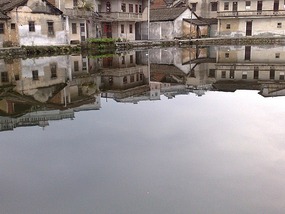
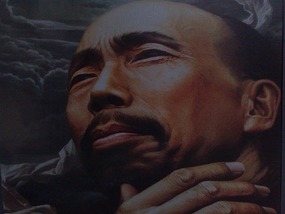


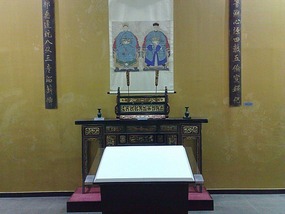
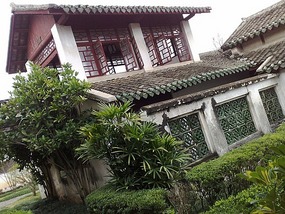
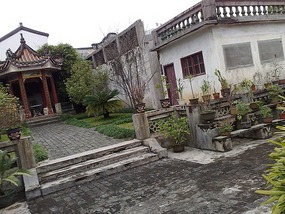
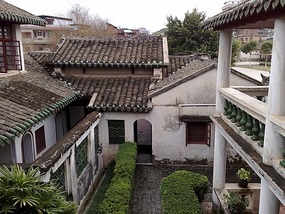
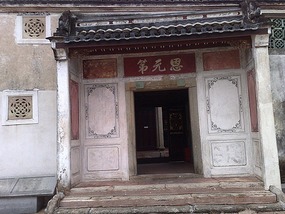

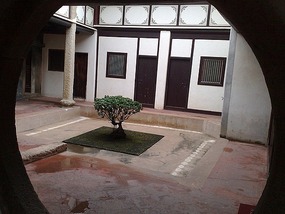
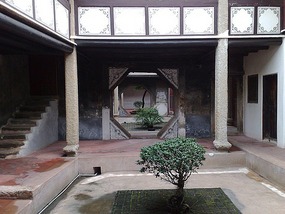
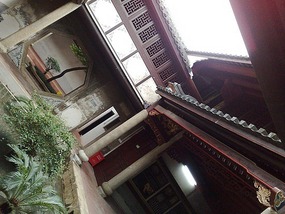
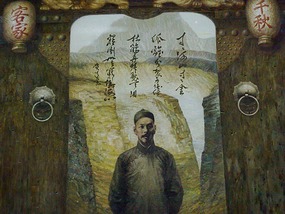
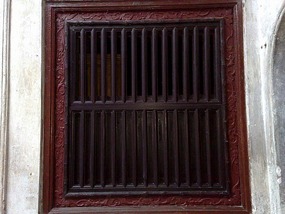
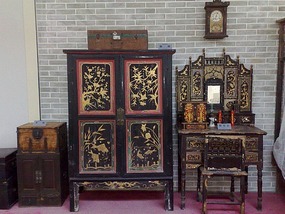
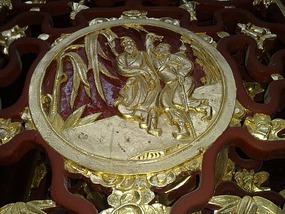
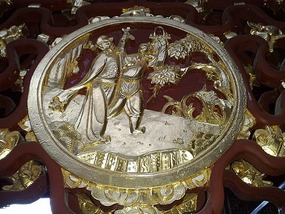
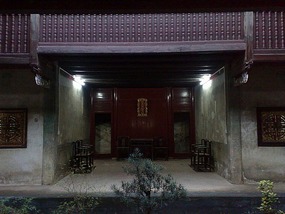
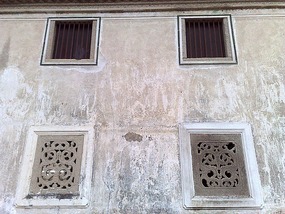

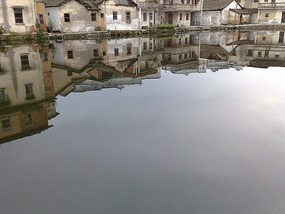
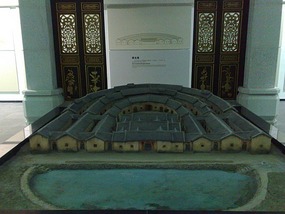
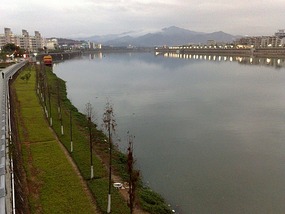
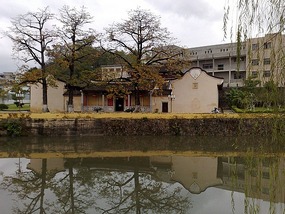
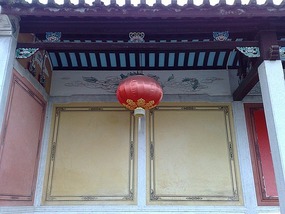
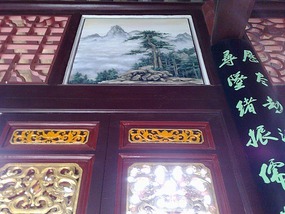
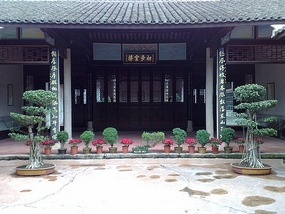
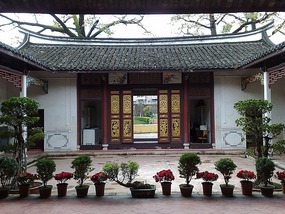
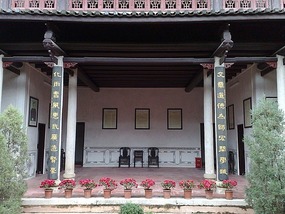
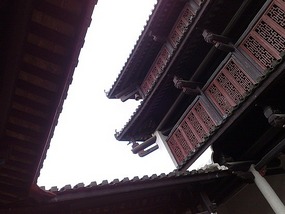
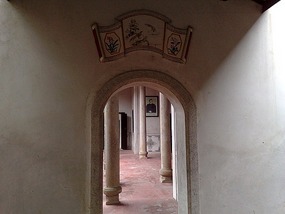
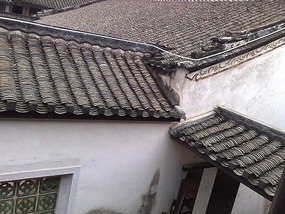
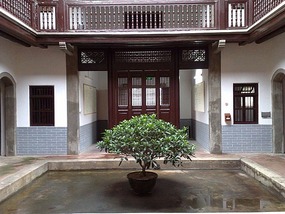
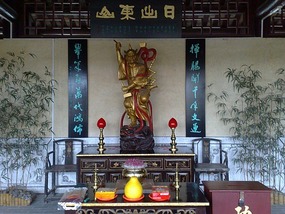

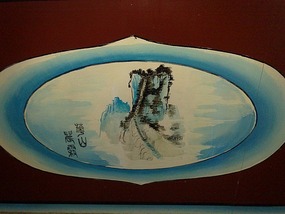
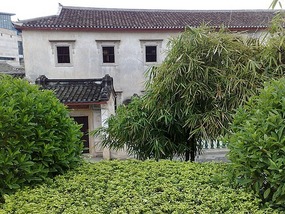
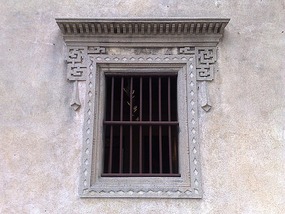
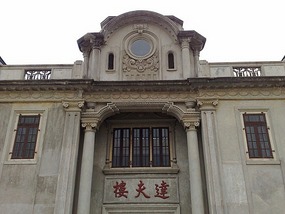
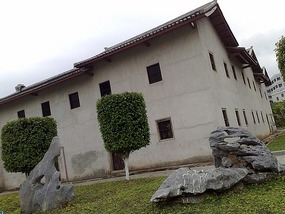
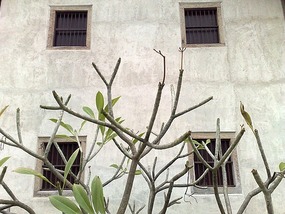
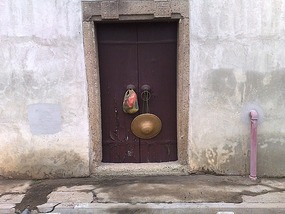
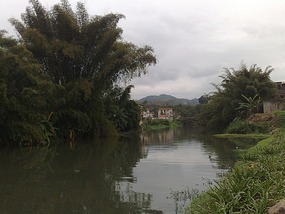

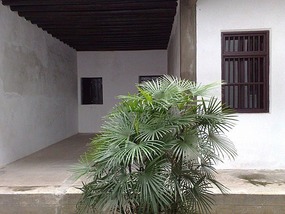
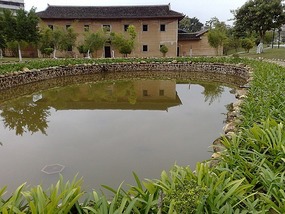
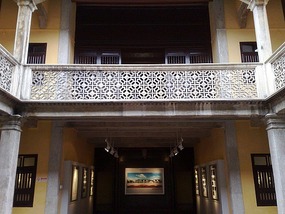

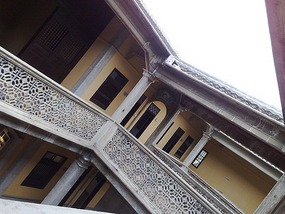
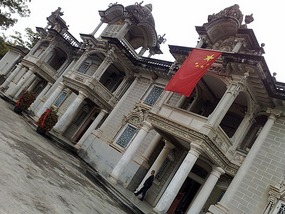
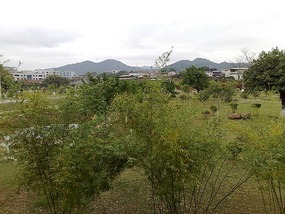
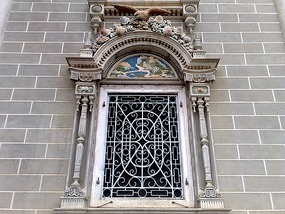
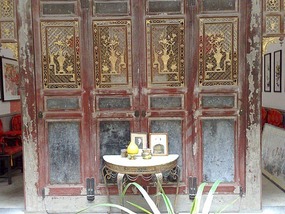
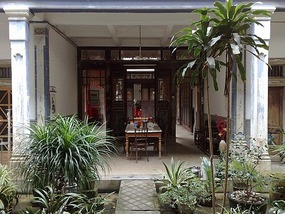
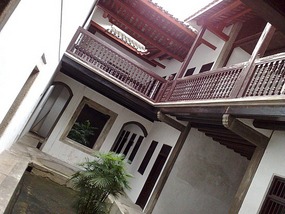
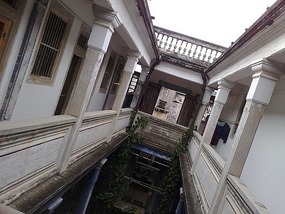
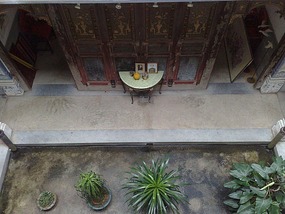
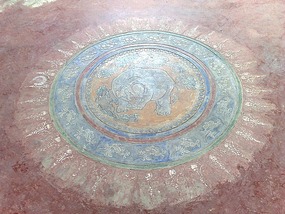
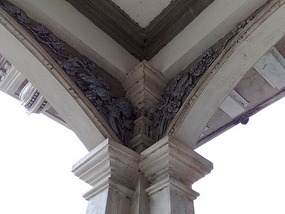
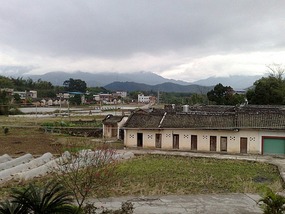
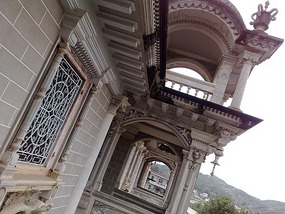
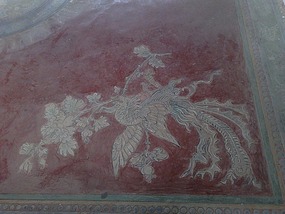
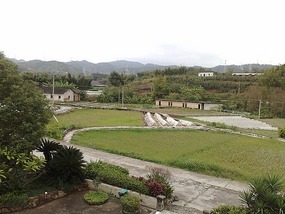
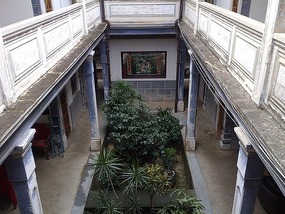
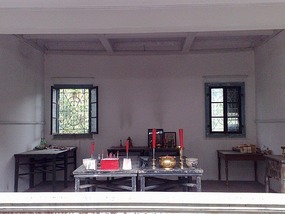
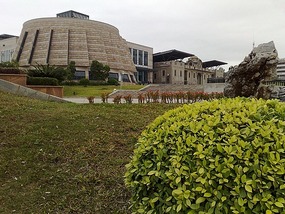
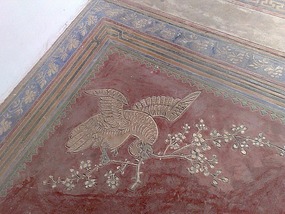
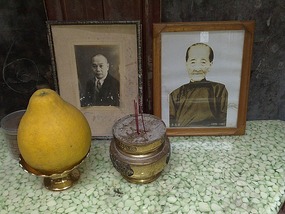
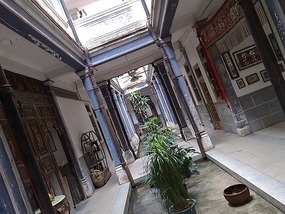

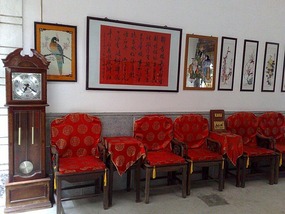
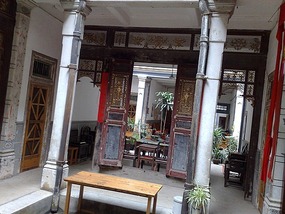
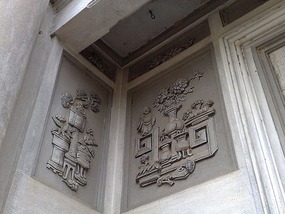
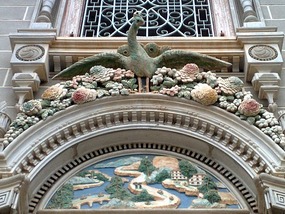
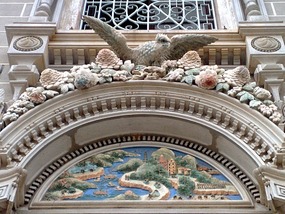
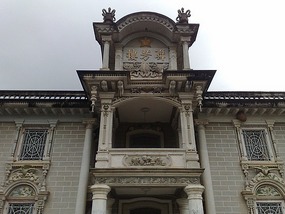
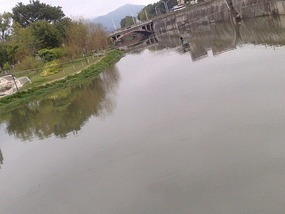
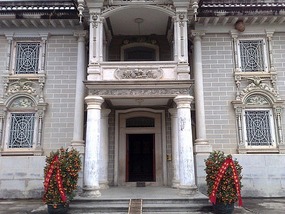
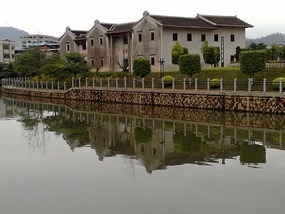

2025-05-22